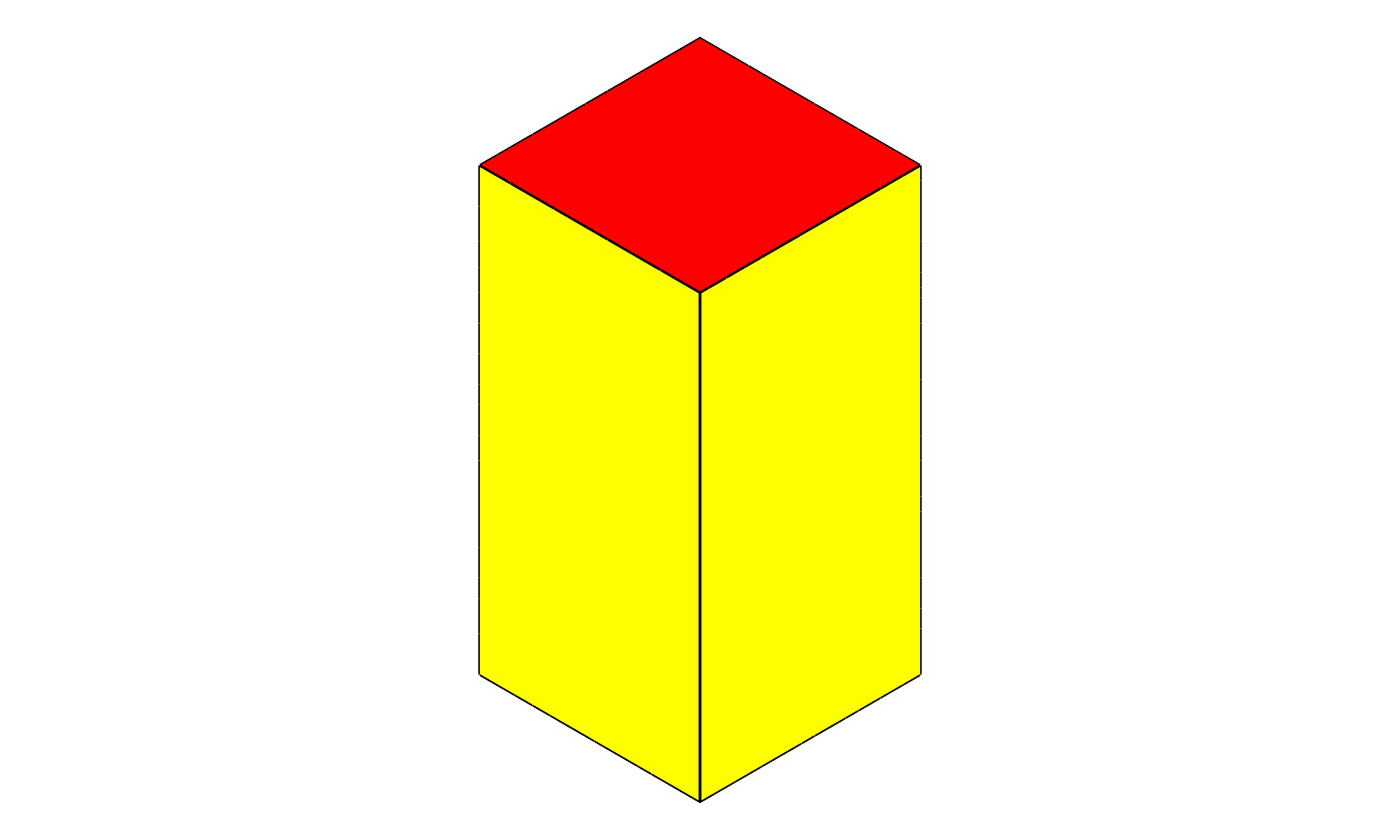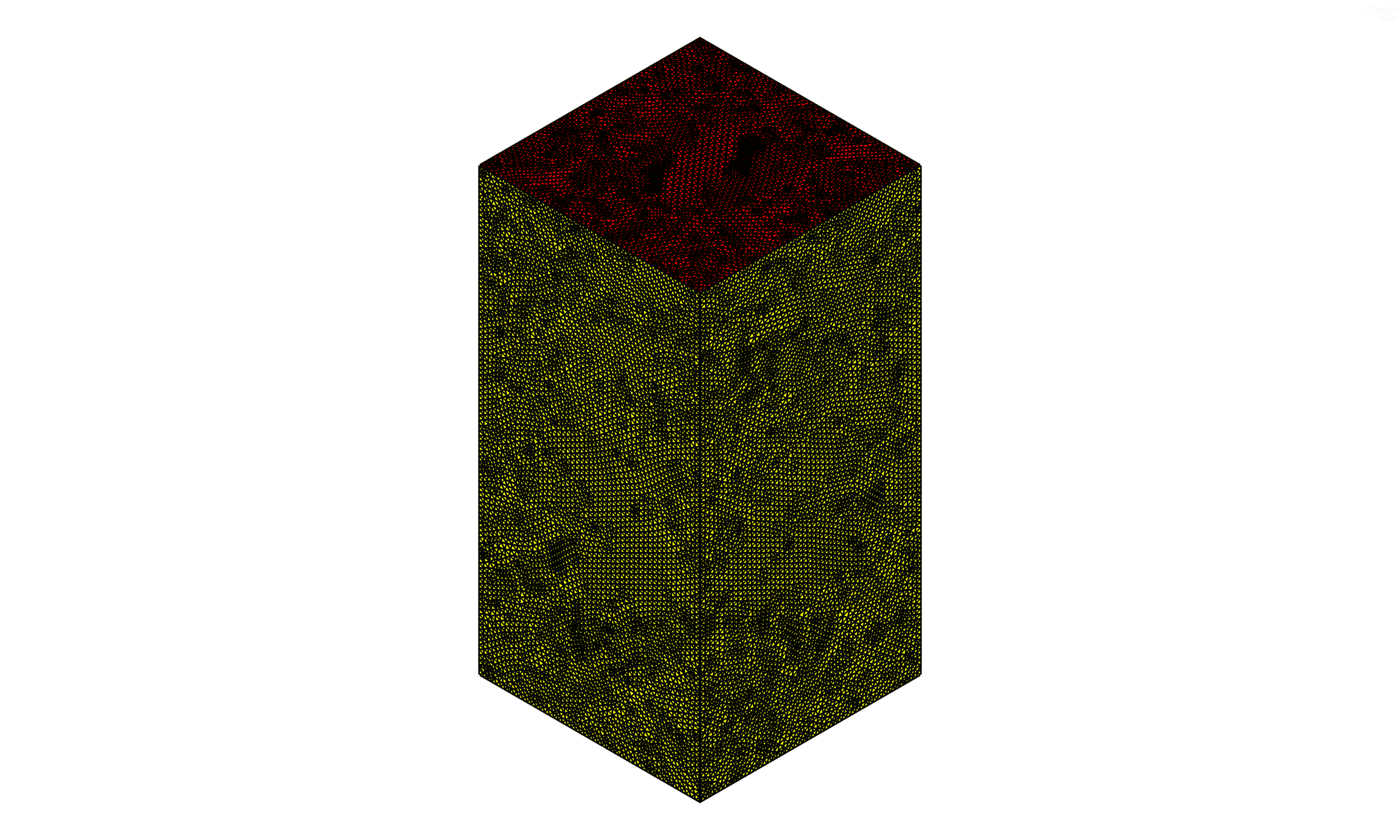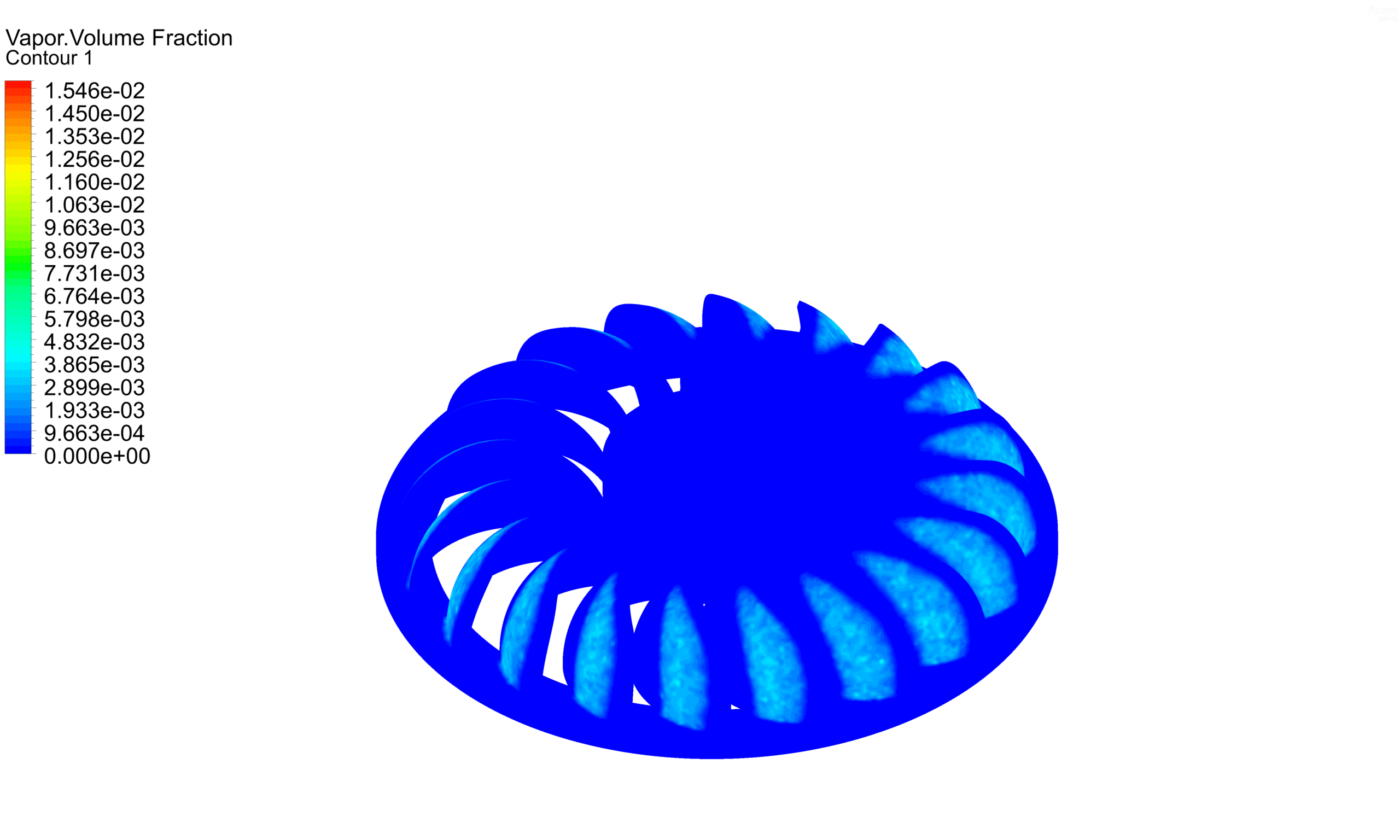Turgo Turbine Cavitation: CFD Analysis
$200.00 $100.00 Student Discount
- The project utilized the ANSYS software suite to simulate and analyze the fluid behavior and cavitation characteristics under specific operating conditions.
- The initial phase of the project involved geometry creation using ANSYS Design Modeler, followed by mesh generation in ANSYS Meshing.
- The multiphase modeling approach utilized the Volume of Fluid (VOF) method, coupled with cavitation mechanisms to accurately represent the two-phase flow dynamics
Click on Add To Cart and obtain the Geometry file, Mesh file, and a Comprehensive ANSYS Fluent Training Video.
To Order Your Project or benefit from a CFD consultation, contact our experts via email (info@mr-cfd.com), online support tab, or WhatsApp at +44 7443 197273.
There are some Free Products to check our service quality.
If you want the training video in another language instead of English, ask it via info@mr-cfd.com after you buy the product.
Description
Multi-phase Flow Analysis of Cavitation Characteristics in Turgo Turbine Using CFD Simulation
Description
In this comprehensive computational fluid dynamics (CFD) study, a detailed analysis was performed on a Turgo turbine with particular emphasis on investigating cavitation phenomena. The project utilized the ANSYS software suite to simulate and analyze the complex fluid behavior and cavitation characteristics under specific operating conditions. The primary objective was to understand and visualize the occurrence of cavitation within the turbine system.
The initial phase of the project involved geometry creation using ANSYS Design Modeler, followed by mesh generation in ANSYS Meshing. A high-quality tetrahedral mesh comprising over four million cells was generated to ensure accurate resolution of the flow field. This substantial mesh density was chosen to capture the intricate flow features and potential cavitation zones effectively.
Methodology
The simulation setup incorporated a pressure-based solver with a transient time scheme to capture time-dependent phenomena. Gravity effects were included with a -9.81 m/s² acceleration in the y-direction. The multiphase modeling approach utilized the Volume of Fluid (VOF) method, coupled with cavitation mechanisms to accurately represent the two-phase flow dynamics. The turbulence was modeled using the Realizable k-ε model, which is well-suited for rotating machinery applications.
For material properties, the simulation considered two phases: water in liquid state and water vapor. The rotating zone was configured using mesh motion techniques, with the turbine operating at 300 RPM around the y-axis. The boundary conditions were carefully defined, with the inlet specified as a velocity inlet having a magnitude of 4 m/s for the water liquid phase.
The solution methodology employed the SIMPLE scheme for pressure-velocity coupling, with second-order upwind discretization for momentum equations and first-order upwind for turbulence parameters. The simulation was initialized using the hybrid initialization approach to ensure stable convergence. These numerical schemes were selected to balance computational accuracy with solution stability.
Results
The results of the simulation are presented through various visualization methods. The pressure contours reveal the distribution of pressure across the turbine geometry, highlighting areas of high and low pressure. Velocity contours demonstrate the flow patterns and regions of flow acceleration. Most importantly, the vapor volume fraction contours identify zones where cavitation is likely to occur, providing crucial insights into potential areas of concern in the turbine design.
This simulation project successfully captures the complex fluid dynamics and cavitation phenomena within the Turgo turbine. The results provide valuable insights that can be used for design optimization and performance enhancement. Future work could include mesh sensitivity studies, validation against experimental data, and investigation of different operating conditions to further optimize the turbine’s performance and minimize adverse effects of cavitation.
The vapor volume fraction analysis reveals a maximum value of 1.546e-02 in the Turgo turbine, with the highest concentrations occurring at the blade edges (shown in light blue). The central regions and interblade spaces show minimal cavitation (dark blue), indicating that cavitation primarily forms in low-pressure areas and along blade edges, which aligns with typical hydraulic turbine behavior.
These findings contribute significantly to the understanding of cavitation behavior in Turgo turbines and provide a solid foundation for future design improvements and optimization studies. The detailed numerical approach and comprehensive results analysis make this study a valuable reference for similar investigations in hydraulic turbine design and analysis.














Reviews
There are no reviews yet.